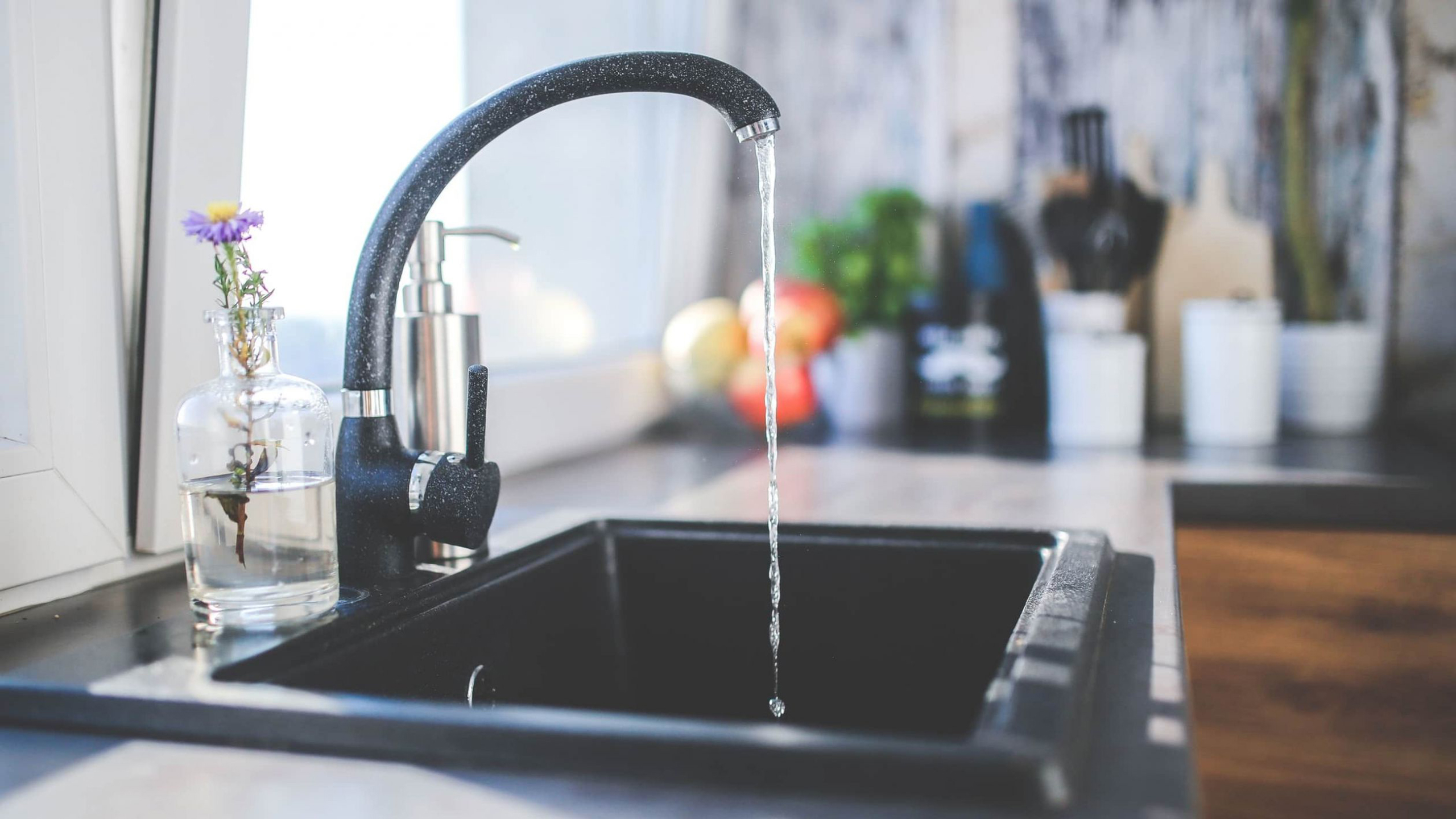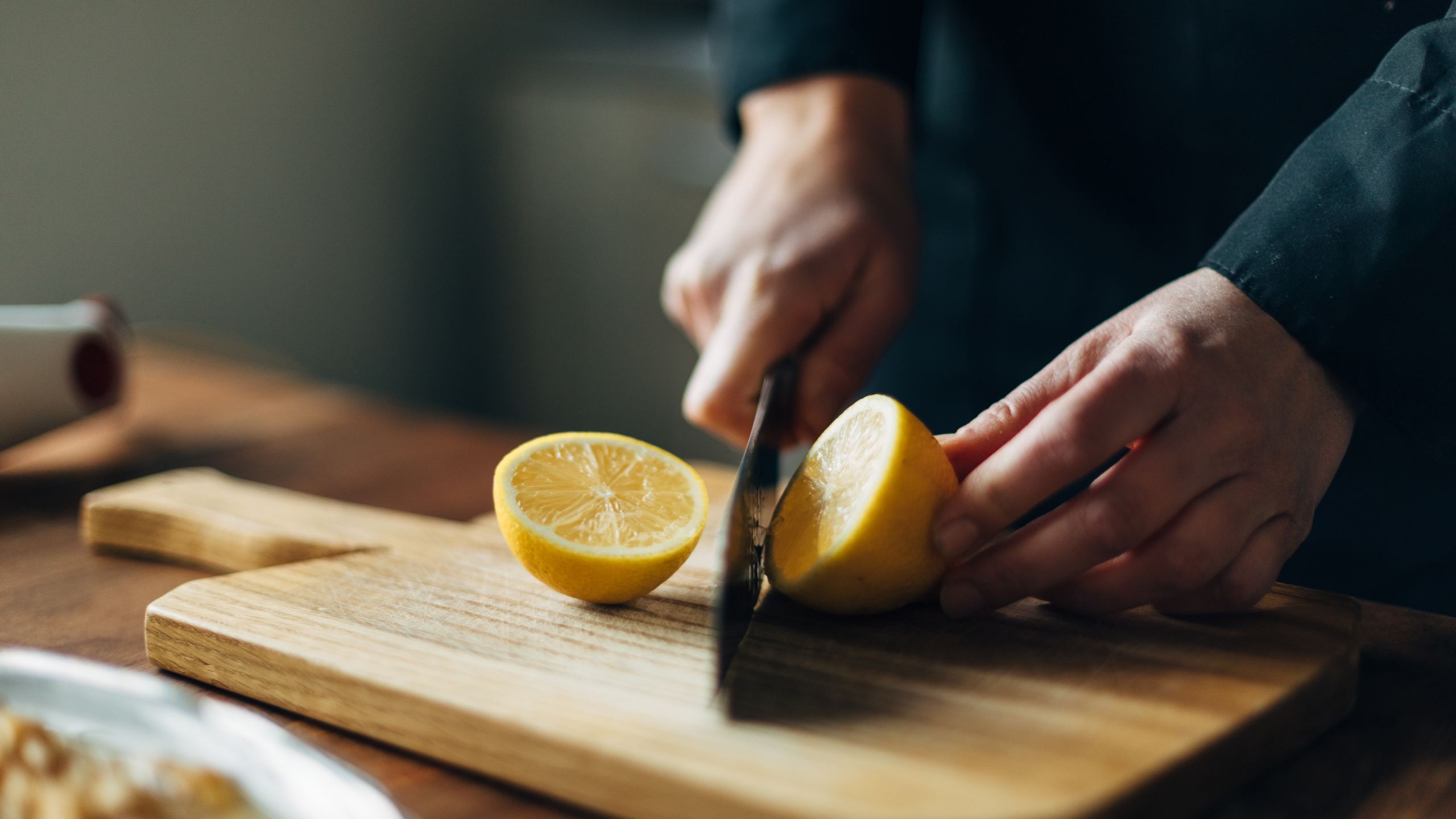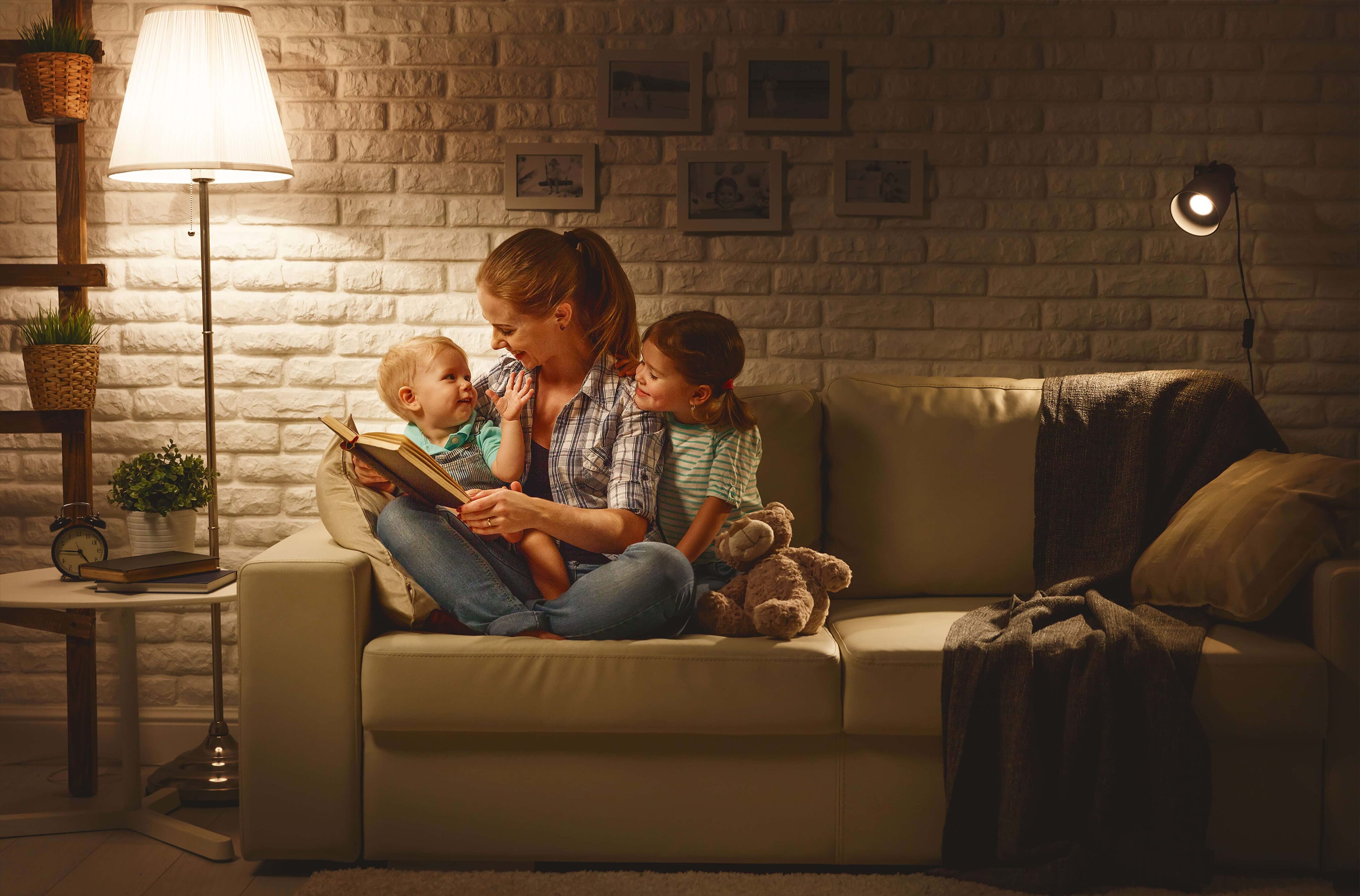Why is wasting water a problem?
Two thirds of the Earth’s surface are water. However, only 2.5% of all the water available is fresh water – and two thirds of fresh water are frozen in glaciers and polar ice caps.
Fresh water is a scarce commodity, and in a scenario where the world population is increasing, it becomes more urgent to adopt sustainable behaviours towards the planet – avoiding water waste (or any kind of waste, for that matters) is a way to do it.
The World Health Organization’s (WHO) recommends a use of water between the range of 50 to 100 litres per capita per day. However, data from a 2021 report says each European uses about 124 litres of drinking water every day in their homes.
Despite the average, the daily per-capita usage of drinking water varies from country to country. At the bottom of the list there’s Malta, with a daily water consumption of around 77 litres per person. In Italy, however, each person uses 223 litres of water every single day. In Portugal, each inhabitant consumes an average of 195 litres of water per day – which means there’s a lot of water waste going on.
The access to potable water is not the same around the globe and although we treat it as a commodity, it may soon be a luxury only a few can have. In 2021, over 2 billion people lived in water-stressed countries – a number that can grow bigger due to climate change and population growth.
How do we waste water at home?
In Europe, this is how drinking water is used: 40% goes to body care (baths and showers, for instance), 30% to toilet flushing, 13% to laundry washing, 7% to washing dishes and 6% to household activities (gardening, cleaning, car, etc). Only 4% of the total drinking water is used for drinking and eating.
To avoid wasting water at home it’s essential to know what its main sources are:
-
Shower
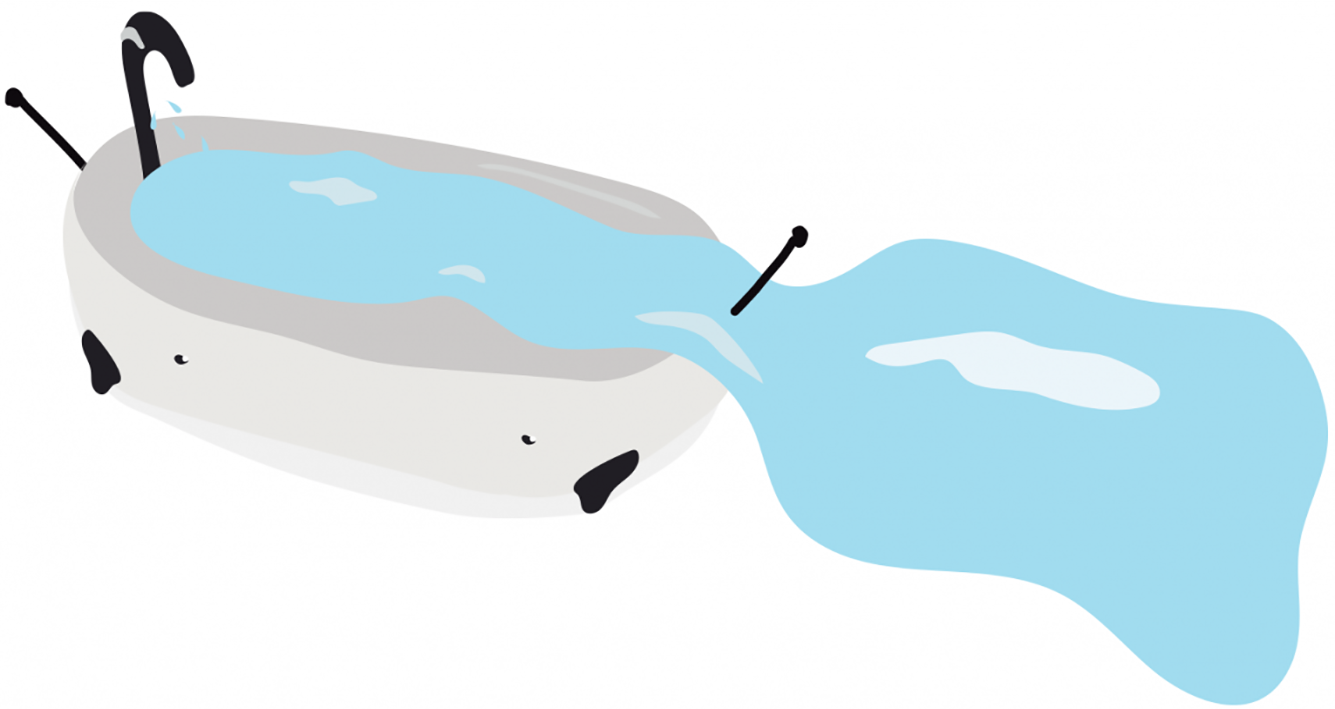
There are three main reasons why this is one of the main ways of wasting water at home: taking too long showers, keeping the water running while lathering, and high-flow shower heads.
The first two are easy to go around; the third one requires a small adaptation: from a high-flow to a low-flow shower head. A water-saving shower can help you save up to 11 litres of water per minute.
-
Toilets
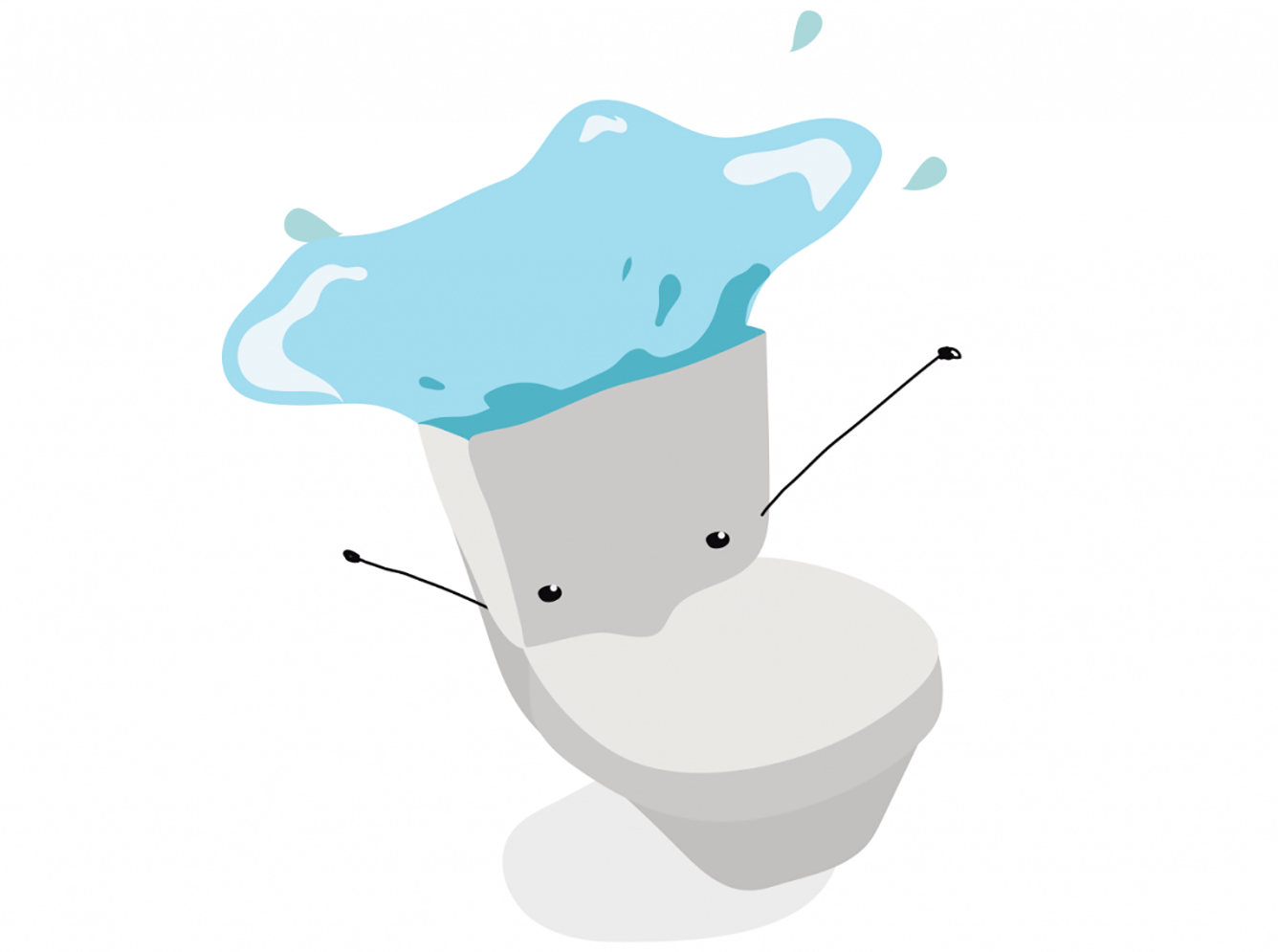
A leaky toilet could be the equivalent of 200,000 litres of wasted water per year – you would need a tank the size of the living room to contain such a large volume. Older models can spend up to 15 litres on a single flush.
And since pressing the flush button is a move you make almost without thinking, know that there are too many times you flush without needing to – about 30% of the water waste at home is due to this kind of gesture, which can represent more than 120 litres per day. At the end of a year, it’s 29,000 bottles of 1.5 litre.
The best way to save on flushing is to use a dual flush system, for different situations. Whenever possible, use the flush that spends the least water. If you are not planning on changing the toilet in the short term, you can put a full bottle of water into the tank – reducing the amount of water that is flushed each time you press the magic button.
-
Washing Machine
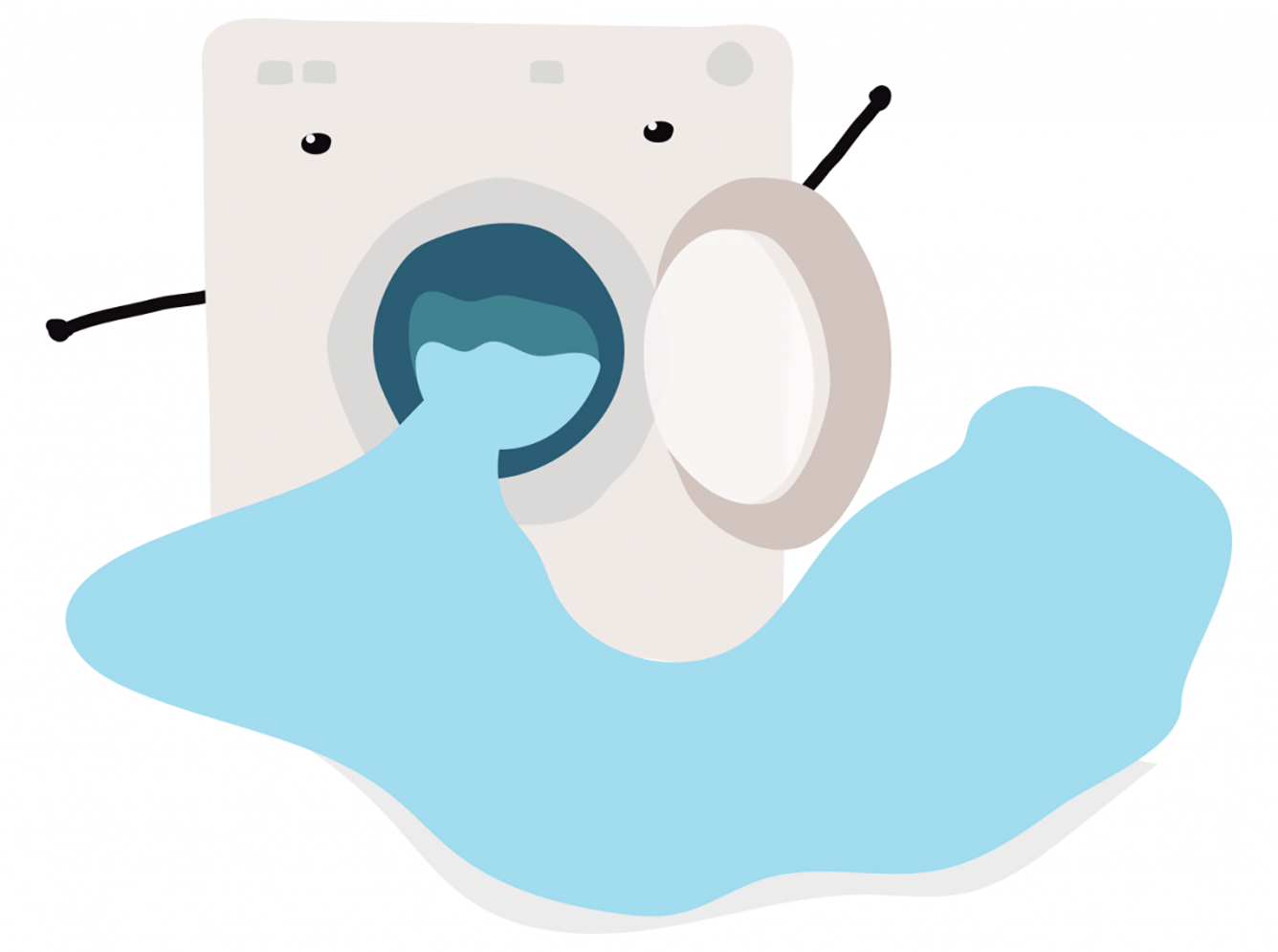
More recent washing machines are optimised for water and power saving. However, it is still possible to use them incorrectly, leading to wasting water.
If you don’t fill the machine to its full capacity, you will be wasting water. On the other hand, note that older machines can use up to 200 litres of water to wash a load of 5 kg of clothes – a “little” different when compared to newer machines that use only 50 litres for the same load.
-
Faucets
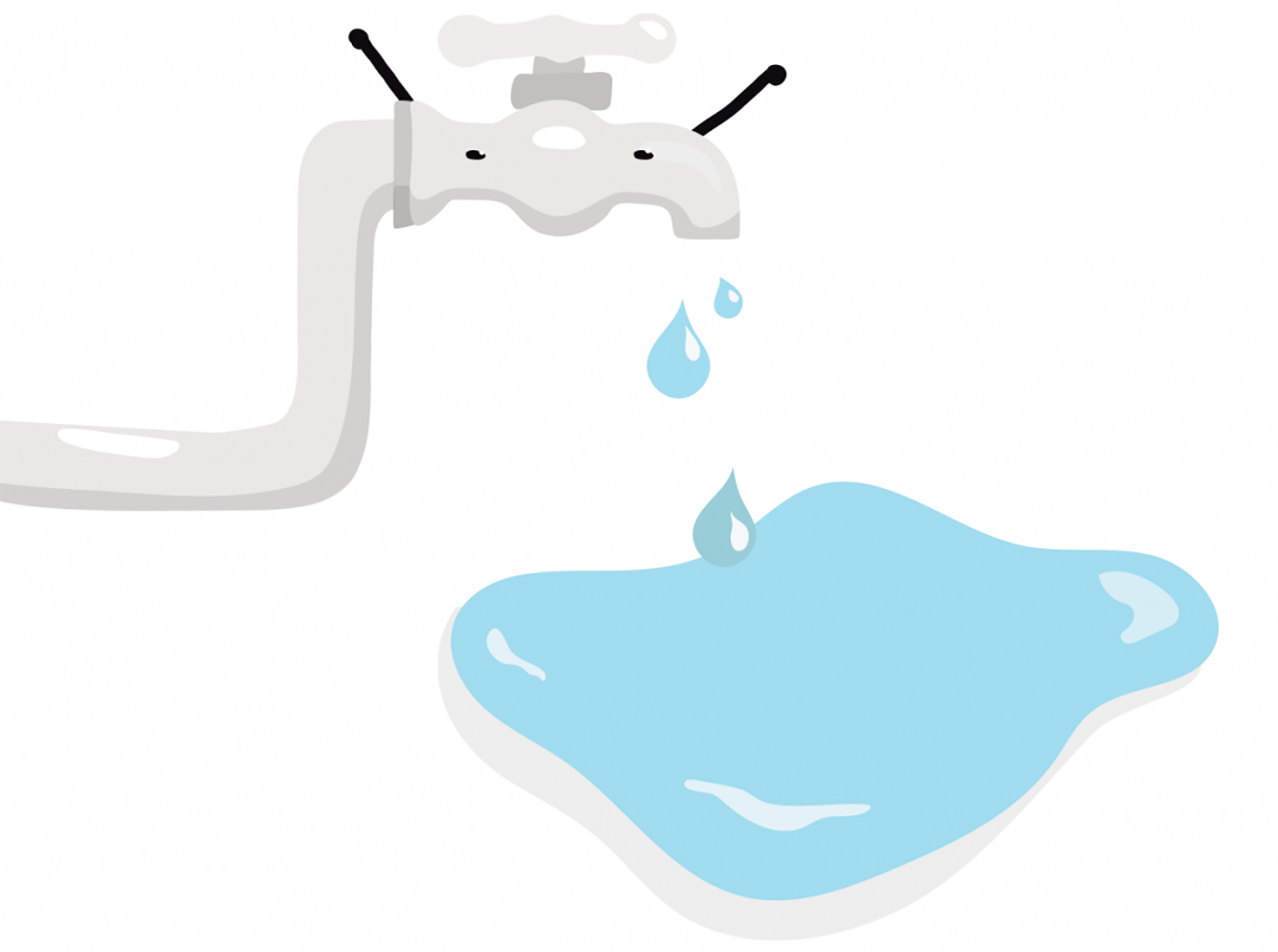
Even if your faucets aren’t leaky or dripping, they are still important sources of wasting water at home. The common faucet has an average flow of 6 litres per minute. Reducing this flow for, let’s say, half, will drastically cut on the amount of water wasted. How many times have you left faucets opened way too long, unnecessarily, when washing vegetables, brushing teeth, cleaning hands or showering? Something has to change.
In the kitchen, dishwashers can dramatically reduce your water waste, if used correctly. Newer models use less than 15 litres per load. If you still would like to make it the old fashion way, try to just use two basins with water: one to soak and wash, and the other to rinse.
When washing fruits and vegetables, you can as well place a bowl in the sink to collect the water and use it later, for instance, in the bathroom.
-
Water leaks
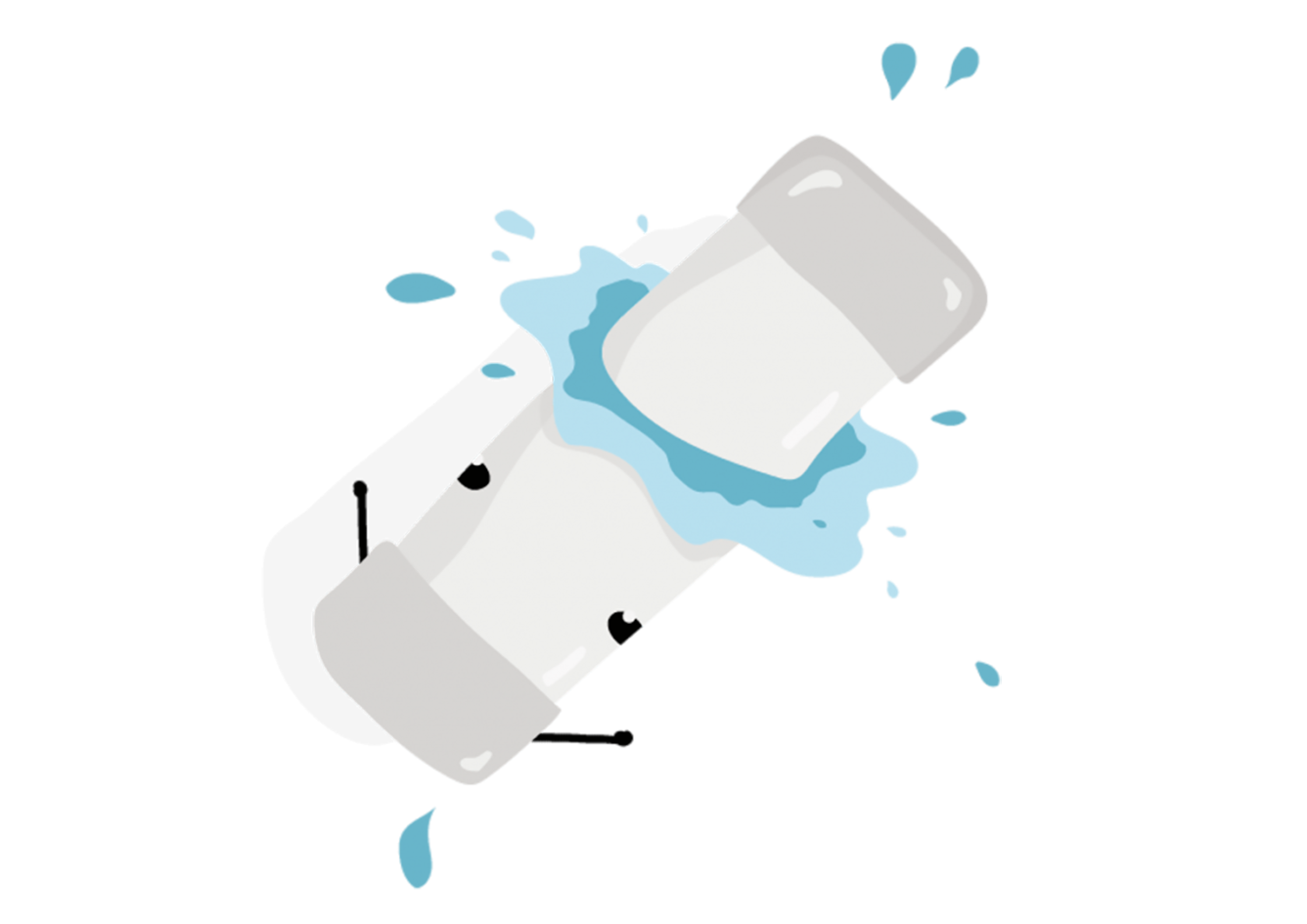
A dripping faucet during the day or a leaking flush mechanism in your toilet or a broken pipe can lead to significant water waste.
On average, a drip can sum up to 2,000 litres in a month, which are more than enough to fill 8,400 cups of water! The same way, a small trickle can represent a 10,000 or 100,000 litre loss every month.
There’s also the case of an invisible water leak, in the pipes, for example. If inside a house it’s hard to tell if there is a leak, in a garden it gets more complicated.
More tips on how to reduce wasting water at home
Like everything in life, reducing water waste at home is a matter of mindset and building good habits. Start with these tips:
- While shaving, using shower gel, shampoo or conditioner… turn off the water.
- While waiting for the water to heat in the shower… put a basket beneath it, so it can collect the cold water – you can use it for the toilet, to water the plants, to give it to your pet (if you have one), to fill the iron, and so on.
- While brushing your teeth… Use a small cup of water, instead of leaving the tap running.
- While using the toilet… if you don’t have a dual-flush tank system, try to reduce the volume of water that fills the tank, using a bottle with water or sand inside it. Also, do not flush unnecessarily (for instance, to flush a paper tissue).
- While taking a bath… avoid wasting too much time on it. One single bath uses on average 200 litres of water – enough to shower four times, or to drink for three months.
- While using the dehumidifier… follow the tips above and don’t waste the water it collects. From the garden to the toilet, there’s many uses to it other than the sink.
- While using the dishwasher… fill it up! Whether for a single plate or the whole tableware, the same amount of water will be used – so better put it to good use. Some items may leave a certain smell but avoid rinse before putting them on the dishwasher: use a lemon inside it instead.
- When washing the dishes by hand… fill a bowl with soapy water and wash your dishes in it; for the final rinse, try to rinse all of your dishes and utensils at once, for example by gathering them all in the dish rack and spraying the soap out.
- While cooking… don’t throw your leftover cooking water nor water from rinsing your fruits and vegetables. Use a bowl on your kitchen sink to capture the water and use it for your flowers or homemade herb garden, for instance, or to make broth.
- While washing your dog… use a bucket or baby bathtub to do it, leaving the running water for the final quick rinse.
Every little change we make is another step towards a more sustainable lifestyle. Check your current water footprint and use the above tips to reduce it!
